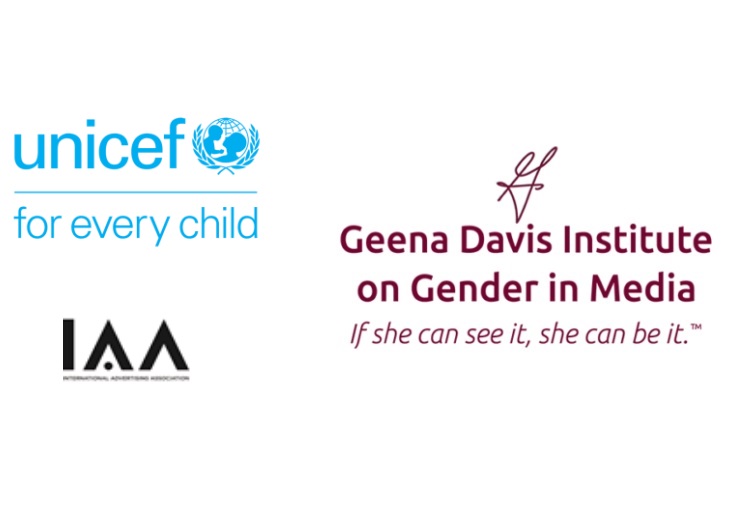In October 2020, the India Chapter of the International Advertising Association (IAA) announced a partnership with UNICEF to roll out a study on gender representation in Indian advertising. The findings of the inaugural study have now been revealed.
UNICEF and IAA partnered with the Geena Davis Institute on Gender in Media to analyse 3,416 visually prominent and non-speaking characteristics of the 1,000 most-viewed ads in 2019. The findings are below:
- Women in ads dominate the screen and speaking time with 59.7% and 56.3% of female representation, respectively. This is above the global average of 44% and 39%
- Female characters are underrepresented in ads from the following categories – banking and finance, home décor and infrastructure, media and entertainment, travel and tourism, sports. They are overrepresented in ads from the following categories – personal care, fashion, and accessories, corporate
- Characters of a lower-income class are underrepresented; only 6.4% of the ads show people from that class. Middle-class is most prominent with 51.3% representation
- Female characters are four times more likely to have a small body type. Female characters with small body types make up 41.8% of the ads, while male characters with small body types are only at 9.4%
- For sexualisation – female characters are 6x more likely to be in revealing clothing than men (11.2% to 1.7%). They are 5x more likely to be sexually objectified (4.7% compared to 0.9%) and 4x more likely to be partially nude (7.6% compared to 1.6%)
- Female characters are thrice as likely to be shown as caretakers or a parent than male characters (18.7% to 5.9%)
- Female-dominated activities in ads include them seen in roles for shopping, cleaning and preparing meals
- Male-dominated activities in these ads include them being in an office, outdoors, or a sporting event
Dr Yasmin Haque, UNICEF representative in India, said, “It's time to act on the findings of this report. In society, advertising and marketing plays a powerful role in gender socialisation. It influences children and adults. The conventional gender norms devalue women. In India, we have declining sex ratios, girls dropping out of schools and marrying early. Media can change the narrative and fuel girls’ aspirations and shift the perceptions of people around them."
The report also has interventions of advertising governing bodies and content creators.
Guidelines for governing bodies
1. Establish gender guidelines for advertising with benchmarks for the quantity and quality of representation for girls and women.
2. Establish skin colour guidelines for advertising with benchmarks for the quantity and quality of representation for characters with dark skin tones.
3. Establish caste/class guidelines for advertising with benchmarks for the quantity and quality of representation for people from lower castes/classes.
4. Provide financial incentives to advertisers to meet and achieve gender, skin tone, and caste/class benchmarks.
Guidelines for content creators
1. Employ girl and women professionals at equitable rates to boys and men in advertising.
2. Portray females of all ages in ads (girls aged 1-12 and above 50+).
3. Ensure characters portrayed are across the skin tone spectrum, especially female characters.
4. Ensure characters portrayed are across the body size spectrum, especially female characters.
5. Ensure actors portraying female characters have diverse appearances.
6. Portray female characters in occupations and show them as working.
7. Portray female characters in formal and informal positions of leadership.
8. Portray female characters as funny and intelligent.
9. Portray more female characters in public roles (working or hiking) and more male characters in domestic activities (cooking or cleaning).
10. Portray more female characters in public spaces (workplace or sporting events) and more male characters in private spaces (living room or a kitchen).
Also read:

